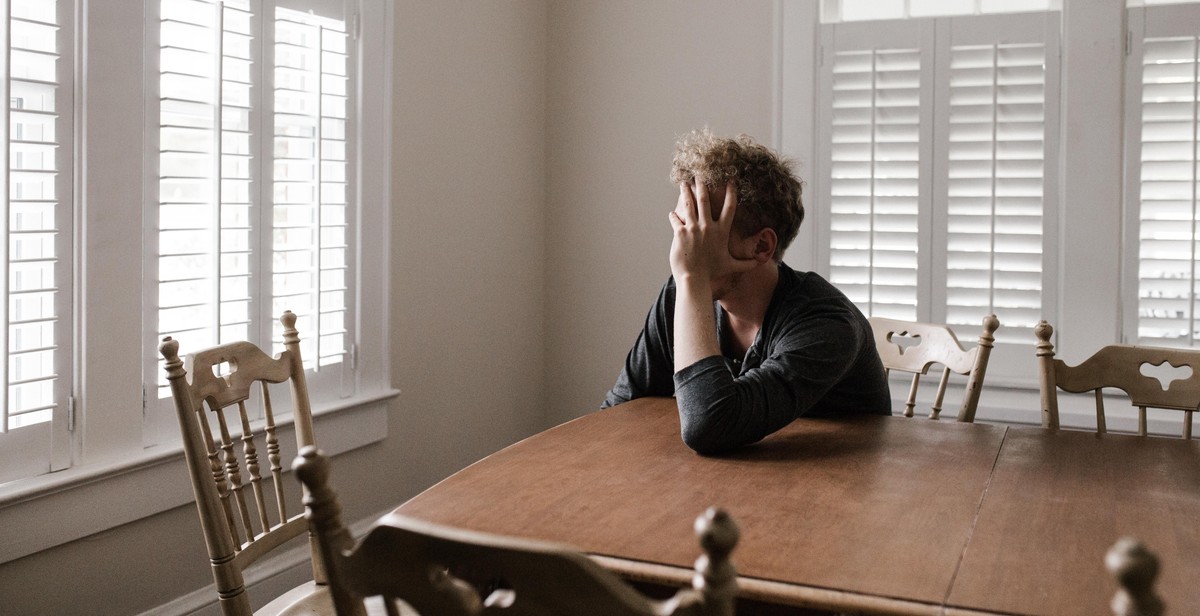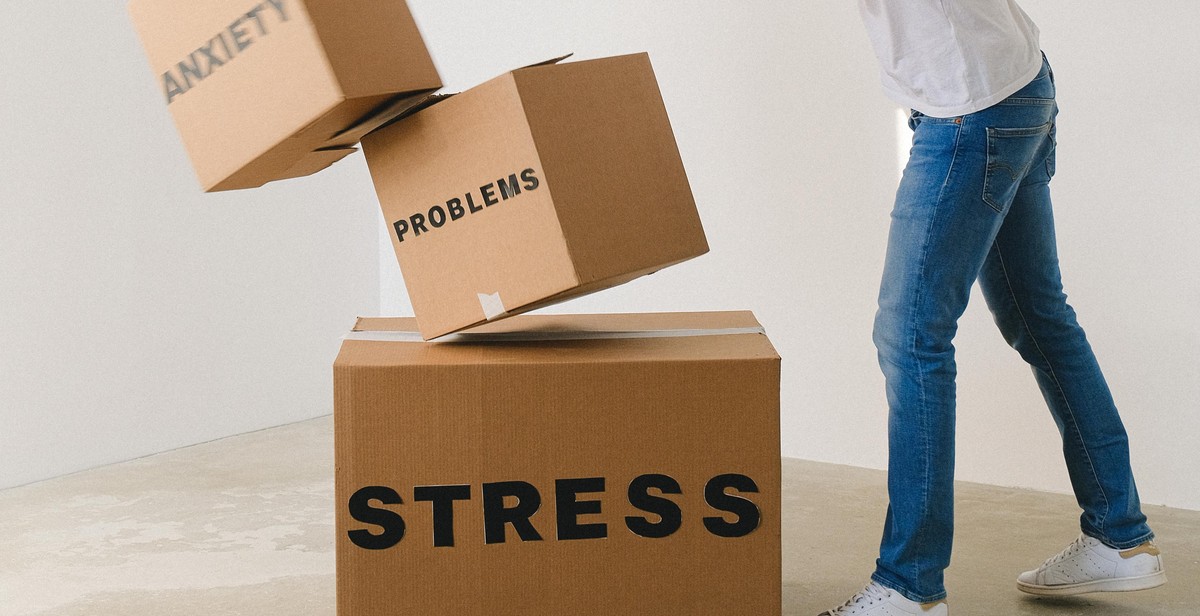Turning Fear into Fuel: Harnessing Anxiety for Positive Change
Anxiety is a common experience that affects millions of people worldwide. It can be triggered by various situations, including work, relationships, and health issues. While anxiety can be unpleasant and even debilitating, it can also be harnessed as a powerful tool for personal growth and development.
As a professional writer and content creator with over 10 years of experience, I have had my fair share of anxiety. The pressure to meet deadlines, satisfy clients, and stay on top of industry trends can be overwhelming at times. However, I have learned to channel this anxiety into positive energy that fuels my creativity and productivity.
In this article, I will share my personal experience with anxiety and how I turned it into a source of motivation and inspiration. I will also provide practical tips and strategies for harnessing anxiety for positive change. Whether you are a writer, artist, entrepreneur, or anyone who experiences anxiety, this article is for you.
What is Anxiety?
Anxiety is a natural response to stress or perceived threats. It is a feeling of unease, such as worry or fear, that can be mild or severe. While anxiety can be a normal and healthy response to certain situations, it can also become chronic and interfere with daily life.

Understanding Anxiety
At some point in our lives, we have all experienced anxiety. Whether it’s before an important exam, a job interview, or a first date, anxiety is a natural response to stress. However, when anxiety becomes excessive and persistent, it can interfere with daily activities and lead to a range of physical and emotional symptoms.
The Science of Anxiety
Anxiety is a complex emotion that involves a combination of physical, cognitive, and behavioral responses. When we encounter a stressful situation, our body’s natural fight or flight response is triggered, releasing stress hormones such as cortisol and adrenaline. These hormones prepare our body to respond to the perceived threat by increasing heart rate, blood pressure, and respiration. At the same time, our brain activates the amygdala, the emotional center of the brain, which sends signals to other parts of the brain to initiate the stress response.
While this response is helpful in short bursts, chronic stress and anxiety can lead to long-term health problems such as cardiovascular disease, digestive issues, and depression.
Types of Anxiety
There are several types of anxiety disorders, each with its own set of symptoms and diagnostic criteria. Some common types of anxiety disorders include:
- Generalized Anxiety Disorder (GAD): Excessive worry and fear about everyday situations and activities.
- Panic Disorder: Recurring panic attacks, which are sudden episodes of intense fear and physical symptoms such as chest pain, heart palpitations, and shortness of breath.
- Social Anxiety Disorder: Fear of social situations and interactions, leading to avoidance of social activities and isolation.
- Obsessive-Compulsive Disorder (OCD): Recurring unwanted thoughts and repetitive behaviors that interfere with daily life.
- Post-Traumatic Stress Disorder (PTSD): Anxiety and flashbacks related to a traumatic event such as a natural disaster, violent crime, or military combat.
It’s important to note that anxiety disorders are treatable with therapy, medication, and lifestyle changes. Seeking professional help is the first step towards managing anxiety and improving overall mental health.
| Physical Symptoms of Anxiety | Emotional Symptoms of Anxiety |
|---|---|
|
|
Understanding the science behind anxiety and recognizing the different types of anxiety disorders can help individuals seek appropriate treatment and manage symptoms effectively.

The Negative Effects of Anxiety
Anxiety is a common mental health issue that affects millions of people worldwide. While it is a normal emotion that everyone experiences, excessive and prolonged anxiety can lead to negative effects on one’s physical, emotional, and mental health. Here are some of the negative effects of anxiety:
1. Physical Symptoms
Physical symptoms are common in people with anxiety. These symptoms can include:
- Rapid heartbeat
- Difficulty breathing
- Muscle tension
- Sweating
- Headaches
- Nausea
- Fatigue
- Insomnia
These symptoms can be distressing and can interfere with one’s daily life and activities.
2. Emotional and Behavioral Symptoms
Anxiety can also affect one’s emotional and behavioral well-being. Some of the emotional and behavioral symptoms of anxiety include:
- Irritability
- Restlessness
- Difficulty concentrating
- Feeling tense or on edge
- Avoiding social situations
- Obsessive thoughts or behaviors
- Panic attacks
These symptoms can lead to difficulty in relationships, work, and school, and can also contribute to the development of other mental health issues such as depression.
3. Cognitive Symptoms
Anxiety can also affect one’s cognitive functioning. Some of the cognitive symptoms of anxiety include:
- Excessive worrying
- Negative thoughts or beliefs
- Difficulty making decisions
- Memory problems
- Difficulty focusing or concentrating
These symptoms can interfere with one’s ability to function and perform daily tasks effectively.
4. Physical Health Issues
Chronic anxiety can also lead to physical health issues such as:
- Cardiovascular disease
- High blood pressure
- Diabetes
- Immune system problems
- Digestive issues
These health issues can be serious and can have long-term effects on one’s overall health and well-being.
5. Substance Abuse
People with anxiety may turn to substance abuse as a way to cope with their symptoms. This can lead to addiction and further negative consequences on one’s physical, emotional, and mental health.
| Physical Symptoms | Emotional and Behavioral Symptoms | Cognitive Symptoms | Physical Health Issues | Substance Abuse | ||||||||||||
|---|---|---|---|---|---|---|---|---|---|---|---|---|---|---|---|---|
| Rapid heartbeat | Irritability | Excessive worrying | Cardiovascular disease | Substance abuse | ||||||||||||
| Difficulty breathing | Restlessness | Negative thoughts or beliefs | High blood pressure | |||||||||||||
| Muscle tension | Difficulty concentrating | Difficulty making decisions | Diabetes | |||||||||||||
| Sweating | Feeling tense or on edge | Memory problems | Immune system problems | |||||||||||||
| Headaches | Avoiding social situations | Difficulty focusing or concentrating | Digestive issues | |||||||||||||
| Nausea | Obsessive thoughts or behaviors |
| Recognizing Triggers | Challenging Negative Thoughts | Setting Goals | Seeking Professional Help |
|---|---|---|---|
| Identify situations, people, or events that cause anxiety | Challenge negative thoughts and beliefs | Set achievable goals | Seek help from a mental health professional |
| Avoid or manage triggers | Replace negative thoughts with positive ones | Focus on something positive | Get tools and support to manage anxiety |
By recognizing your triggers, challenging negative thoughts, setting achievable goals, and seeking professional help, you can harness your anxiety for positive change. Remember, anxiety doesn’t have to control your life. With the right mindset and tools, you can turn your fear into fuel and achieve your goals.

Conclusion
Dealing with anxiety can be a challenging experience, but it can also be an opportunity for growth and positive change. By learning to harness our fears and anxieties, we can turn them into fuel for personal and professional success.
Takeaways
- Anxiety is a natural and normal part of the human experience.
- It is possible to transform anxiety into a positive force for change.
- Techniques such as mindfulness, cognitive-behavioral therapy, and exposure therapy can be helpful for managing anxiety.
- Learning to embrace uncertainty and take calculated risks can help us grow and achieve our goals.
- Seeking support from loved ones, mental health professionals, and other resources can be crucial for managing anxiety.
Final Thoughts
Remember that anxiety is not something to be ashamed of or avoided. Instead, we can use it as an opportunity to learn about ourselves, develop resilience, and achieve our goals. By taking small steps every day and seeking support when needed, we can turn fear into fuel and live our best lives.

